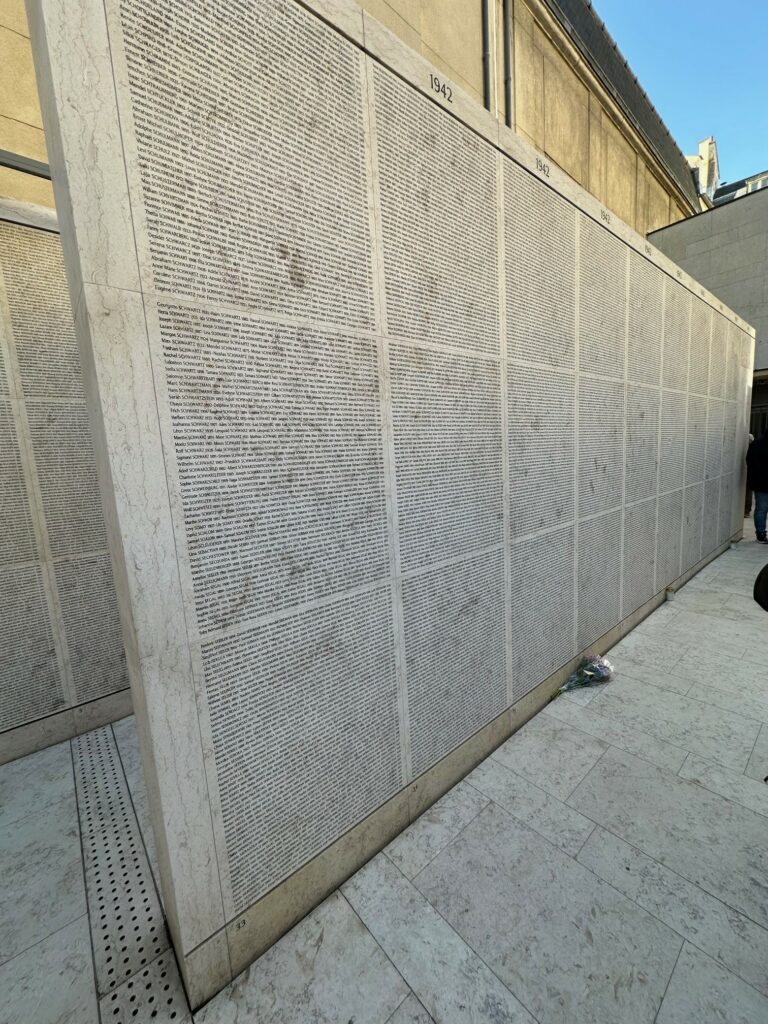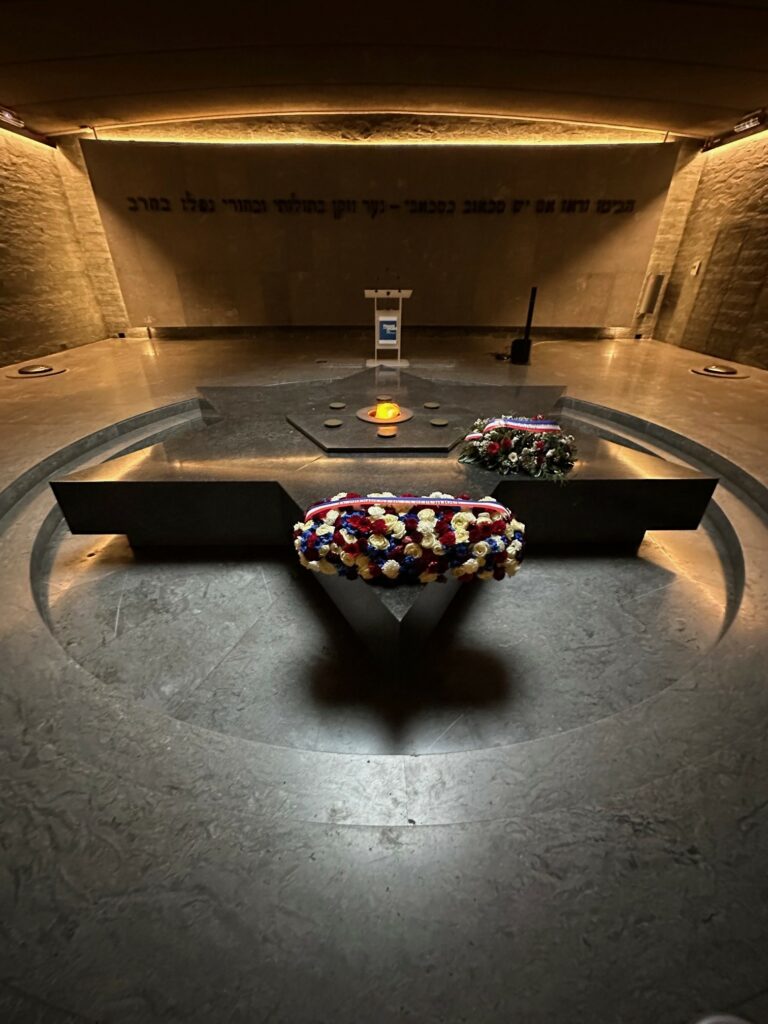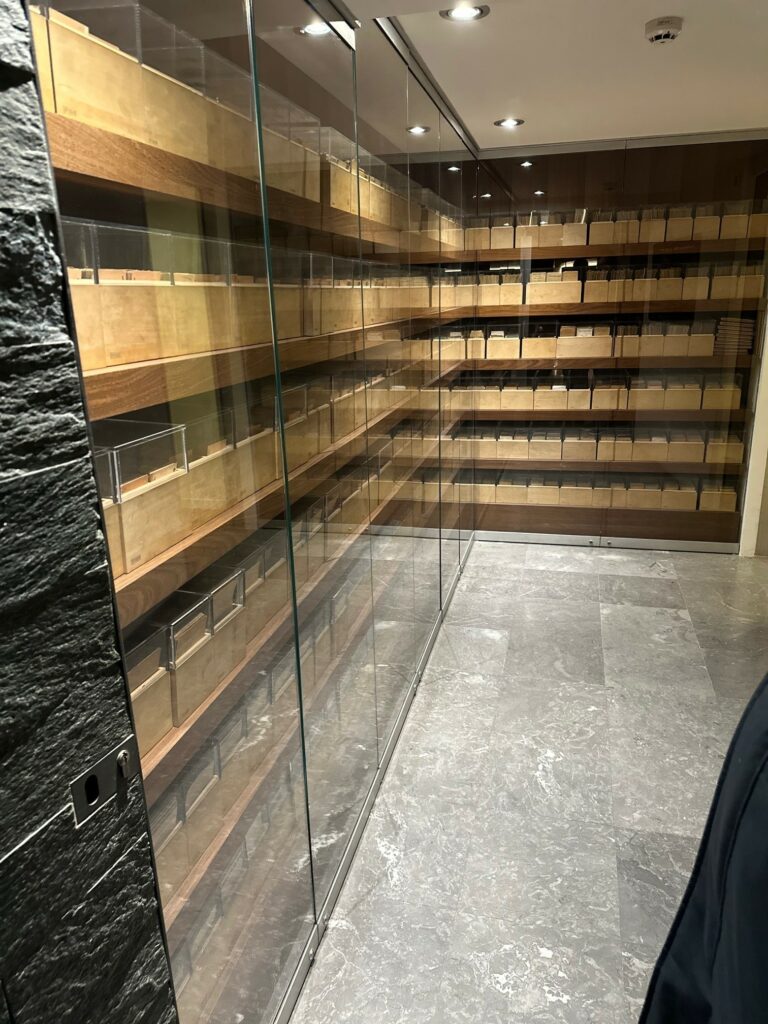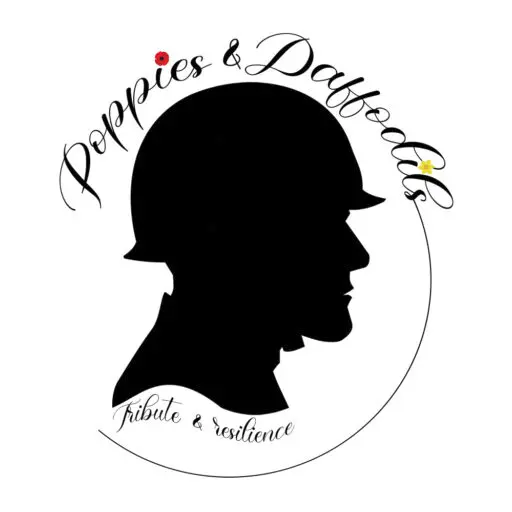The Shoah: A Tragedy Beyond Words
The Shoah, which means “catastrophe” or “annihilation” in Hebrew, refers to the systematic extermination of six million Jews by the Nazi regime between 1939 and 1945.
The Shoah in Europe: Horror on a Continental Scale
The Rise of Antisemitic Policies
State-sponsored antisemitism took shape as early as 1933 with Adolf Hitler’s rise to power in Germany. The Nuremberg Laws, passed in 1935, stripped Jews of their citizenship and excluded them from German society. This marginalization quickly escalated into a policy of mass extermination.
Stages of Persecution
Racial Laws and Segregation: In occupied Europe, Jewish populations were forced to wear the yellow star and subjected to confiscation of their property.
Ghettos: In cities like Warsaw and Lodz, Jews were crowded into overpopulated districts, suffering from hunger and disease.
Extermination Centers: From 1942 onwards, the “Final Solution” led to the establishment of extermination camps such as Auschwitz-Birkenau, Treblinka, and Sobibor. Gas chambers became the primary instrument of mass murder.
Massacres in the East: On the Eastern Front, the Einsatzgruppen shot hundreds of thousands of Jews into mass graves.
A Devastating Human Toll
Approximately six million Jews, including over one million children, perished in camps and mass shootings. In addition, five million non-Jewish victims, including Romani people, political opponents, disabled individuals, and homosexuals, were also killed.
The Shoah in France: Collaboration and Resistance
Collaboration Under the Vichy Regime
After France’s defeat in 1940, the Vichy regime, led by Marshal Pétain, collaborated with Nazi Germany. From October 1940, antisemitic laws were enacted, excluding Jews from public professions and ordering the confiscation of their assets.
Major Raids and Transit Camps
The Vel’ d’Hiv Roundup (July 16-17, 1942): Over 13,000 Jews, including 4,000 children, were arrested by French police and held at the Vélodrome d’Hiver before being deported to Auschwitz. Only a few survivors returned.
Internment and Concentration Camps in France: In addition to Drancy, Pithiviers, and Beaune-la-Rolande—where Jews were interned before being deported to Nazi camps—other camps operated in France:
- Gurs (Pyrénées-Atlantiques): Opened in 1939, initially for Spanish refugees, later used to detain foreign Jews.
- Rivesaltes (Pyrénées-Orientales): A transit camp for thousands of Jews and other persecuted populations.
- Le Vernet (Ariège): Held resistance fighters, suspected foreigners, and Jews.
- Compiègne (Oise): The main internment camp for Jews, resistance members, and political prisoners in France.
These camps were sites of extreme suffering, marked by hunger, disease, and violence.
The Righteous Among the Nations
The Righteous Among the Nations are men and women who risked their lives to save Jews during the Shoah. In France, over 4,000 individuals have received this honorary title from the Yad Vashem Memorial in Israel. These anonymous heroes, often from modest families, sheltered Jewish children in their homes, provided them with false papers, or helped them escape to safe zones.
Entire villages, like Le Chambon-sur-Lignon in Haute-Loire, became symbols of solidarity. This Protestant village sheltered hundreds of Jews despite the risk of betrayal. The Righteous embody human resilience and courage in the face of barbarity.
Memory and Legacy
The work of remembrance surrounding the Shoah is essential to ensure this human tragedy is never forgotten. Sites such as the Shoah Memorial in Paris and commemorative ceremonies highlight the importance of combating antisemitism and passing on history to future generations. Poignant testimonies and documentary films also help perpetuate the memory of the victims.
The Shoah remains one of the darkest episodes in world history, illustrating the scale of Nazi crimes in Europe and the specific realities in France, marked by acts of collaboration but also by extraordinary courage. This duty of remembrance is crucial to honor the victims and reaffirm the necessity of defending human dignity against all forms of oppression.
The Memorial de la Shoah in Paris



